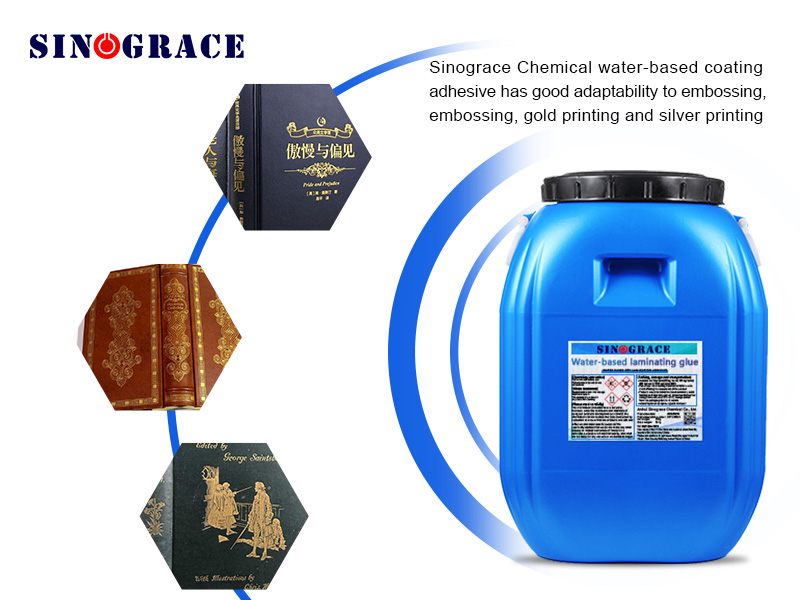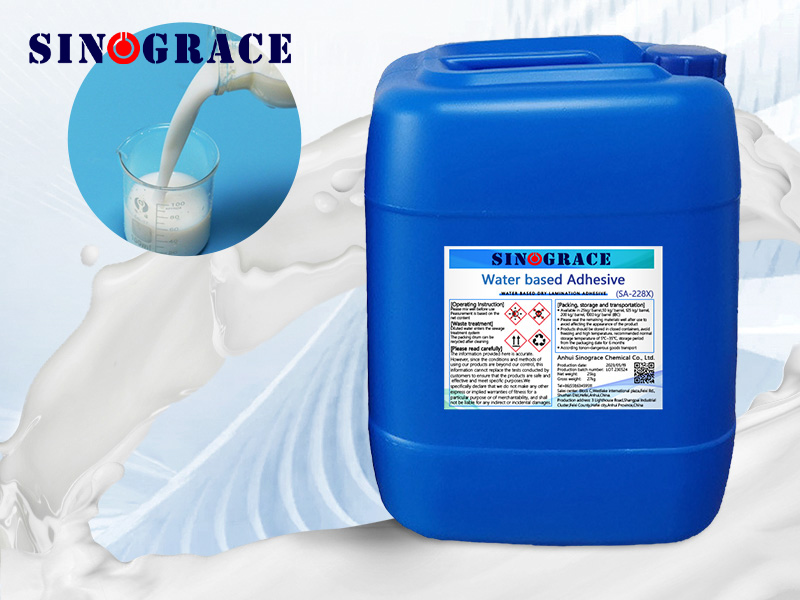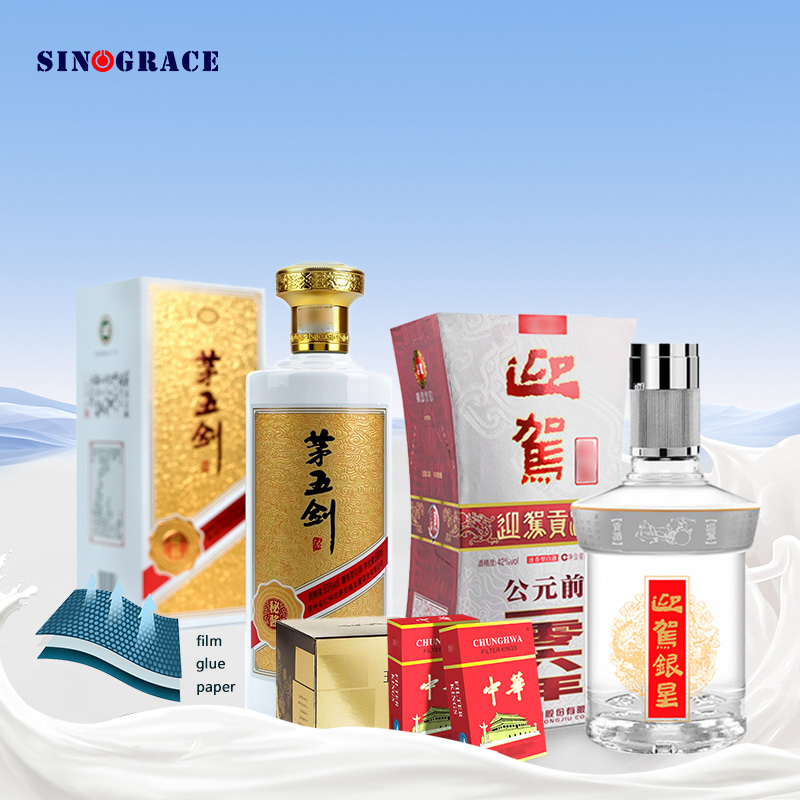laminated adhesive -The classification of laminating process is introduced
According to the different raw materials and equipment, the coating process can be divided into two kinds of coating process and pre-coating process. That is to say, the film used in the coating process is now coated, and the adhesive used is generally solvent-based and emulsion type, prepared according to need. However, the film used in the pre-coating process is pre-coated, and the adhesive used is generally hot melt and solvent volatile. According to the film process of paper printed matter, the film process can be divided into three categories: dry film process. Wet laminating and precoating pressing. Dry laminating method is the most commonly used laminating method in China, which is to coat a layer of adhesive on the plastic film, and then evaporate and dry the solvent in the adhesive through the drying tunnel of the laminating machine, and then bond with the paper printed matter to form a laminating product under hot pressing. Wet film is coated on the surface of the plastic film with a layer of adhesive, in the case of the adhesive is not dry, through the press roller adhesive and paper printed matter bonding, forming a film product. Since the emergence of water-based laminating machine, the process of water-based laminating machine has been popularized and applied, which is closely related to the characteristics of the wet laminating machine, such as simple operation, less adhesive amount, no organic solvent damage to the environment, high strength, high grade and easy recovery. At present, the coating process is more and more favored by domestic packaging manufacturers, and has been widely used in gift boxes, handbags and other packaging. Coating glue manufacturers said that the pre-coating coating method is the coating film manufacturers directly purchase the plastic film coated in advance, and when the film needs to be coated, the film and paper prints are hot pressed on the coating equipment to complete the coating process. The pre-coating process began in the 1990s. The pre-coated film is obtained by applying hot melt adhesive or low temperature resin to the film substrate quantitatively and uniformly with special equipment according to design. According to the coating adhesive manufacturer, the pre-coating coating method eliminates the need for adhesives, preparation, coating and drying, and the entire coating process can be completed in just a few seconds, without polluting the environment, no fire hazards, and no need to clean the coating equipment. At present, the technology has been applied to the field of medicine and food packaging. Sinograce company produces water-based laminating adhesive, excellent quality, cost-effective, technical support, welcome to contact.
read more

 English
English français
français русский
русский español
español العربية
العربية








